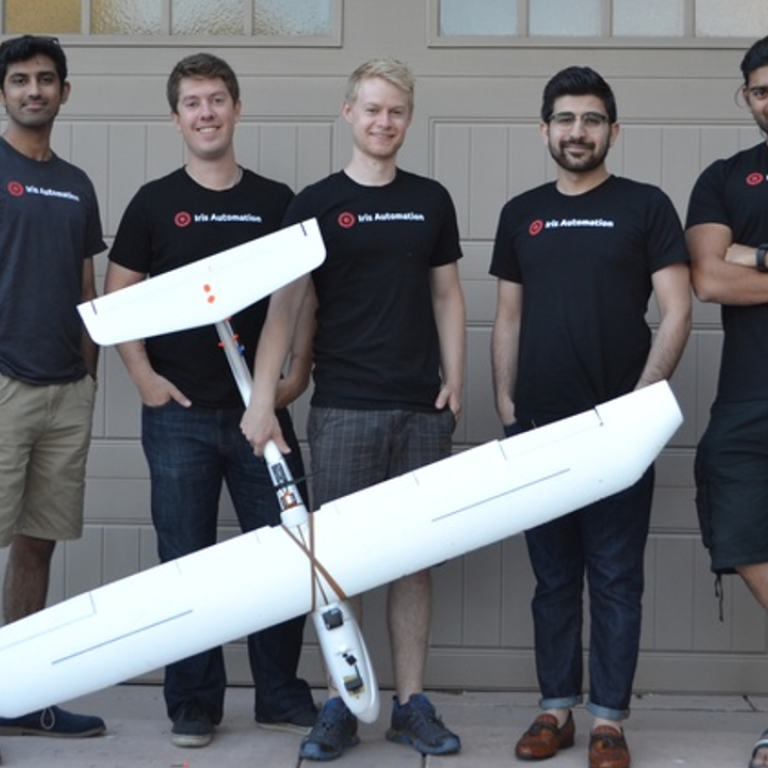
Tighter federal drone rules could drive Canadian innovation
Tech companies potential beneficiaries of new restrictions on recreational use
Ottawa’s tough new drone regulations may mark a downward spiral for Canada’s recreational market. But the clouds may be clearing for researchers and private firms investing in unmanned aerial vehicle (UAV) innovations as regulators try to make the skies safer.
Federal Transportation Minister Marc Garneau announced last month restrictions that would ban recreational drones from flying higher than 90 metres; within 75 metres of buildings, vehicles or people; or within nine kilometres of any airport, heliport or aerodrome.
Violators could be fined up to C$3,000 (US$2,239).
“There’s a big problem in that regulation isn’t quite keeping up to technology development, and so we see a lot of people – especially on the consumer side – taking technology [and] using it in dangerous ways,” said Alex Harmsen, CEO of Iris Automation.
His vancouver-founded start-up is developing artificial-intelligence-powered anti-collision technology for UAVs. The endgame is to enable drones to fly autonomously by predicting and avoiding potential mid-air crashes with birds, planes or helicopters.
He said Transport Canada’s new regulations seem more like a “knee-jerk reaction” over concerns about the recreational industry and complaints over privacy and safety.
“It’s more restrictive than it really needs to be.”
Harmsen added that the restrictions could stymie recreational users from developing innovations for potential commercial uses.
For example, the nine-kilometre ban around airports and aerodromes means hobbyists would no longer be able to use drones anywhere in the city of Vancouver. Vancouver International Airport borders the city on the south side and Harbour Air Seaplanes aircraft take off on the north side. The midway point between the locations is a distance of about seven kilometres.
“Almost every Canadian university you look at now, there is probably somebody using an unmanned aerial vehicle,” John Church, an associate professor at Thompson Rivers University (TRU), told Business in Vancouver on Roundhouse Radio 98.3 FM.
Church, TRU’s B.C. regional innovation chairman in cattle industry sustainability, began experimenting with drones to herd cattle in B.C.’s Interior.
He and his students went on to develop herding and observation techniques that provide relief to cowboys.
Church said his research team is already operating under a special flight operation certificate, so he doesn’t anticipate his work being affected by the changes.
“It’s all of the general public flying it recreationally that are causing the problems,” he said, noting new recreational drones can be operated outside a user’s line of sight from as far as four kilometres away.
“It’s just silly. Why would you want to do something like that? But the popularity of drones has increased so much, and they’re so widely available now.”
Richard Buzbuzian, president of Drone Delivery Canada, said the new regulations wouldn’t affect his business’ development of software for drone delivery services.
Instead, he said his company wants to work with the government so that it’s no longer operating in a regulatory vacuum.
But Harmsen said Ottawa has become increasingly restrictive over the past two years when it comes to operating drones compared with the U.S., which began allowing commercial drones in its airspace in 2014.
He said boosting safety regulations increases the likelihood businesses will need technology like Iris’ if they wish to operate.
“It’s very similar to airbags, where the early cars didn’t have airbags at all,” he said.
“But as soon as airbags were … implemented in a number of cars, suddenly it became standard for every single car in the entire market to have airbags.”

